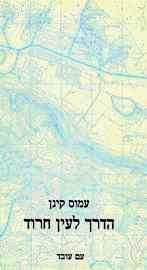 Th
Th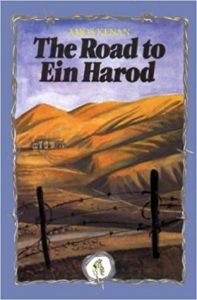 e Road to Ein Harod by Amos Kenan, translated from the Hebrew into the French by ?, translated from the French by Anselm Hollo (Grove Press, 1988).
e Road to Ein Harod by Amos Kenan, translated from the Hebrew into the French by ?, translated from the French by Anselm Hollo (Grove Press, 1988).
“In the dreamlike reality of The Road to Ein Harod, Israel is in the grip of a civil war following a military coup. Having killed an intruder, the narrator Rafi flees for his life towards Kibbutz Ein Harod in the Jezreel Valley. On the way he meets the Arab Mahmoud, who becomes the only person he can trust. The flight to Ein Harod becomes the road of ultimate understanding…”
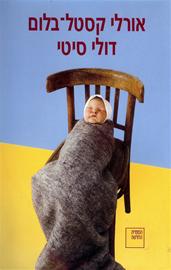
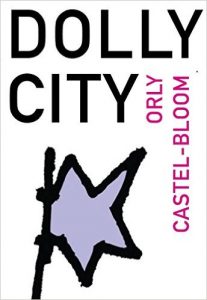 Dolly City (1992) by Orly Castel-Bloom, translated by Dalya Bilu (Loki Books, 1997).
Dolly City (1992) by Orly Castel-Bloom, translated by Dalya Bilu (Loki Books, 1997).
“Dolly, the novel’s heroine, is afflicted with a disease that does not appear in the medical textbooks: she is a chronic sufferer from attacks of infinite possibilities. The novel is propelled by the author’s wild imagination let loose, but what seems at first to be breathtaking madness turns out to contain pure logic…As in her earlier fiction, Castel-Bloom writes about Tel Aviv, its squalor, its vitality, its ecological anarchy, and about the violence of modern urban life. Through her pungent style, her scenes of extraordinary plasticity, with hard, sharp wording and plenty of black humor, Castel-Bloom evokes the anxiety of a self-destructive world…”
Dolly City has been included in the UNESCO Collection of Representative Works.
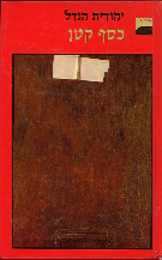 Small Change (1988) by Yehudit Hendel, various translators (Brandeis University Press,
Small Change (1988) by Yehudit Hendel, various translators (Brandeis University Press, 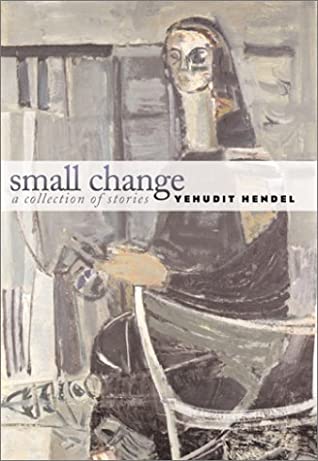 2002).
2002).
“These six stories are variations on the theme of life and death, the duality of existence. In “Low, Close to the Floor,” the narrator portrays a man who has been twice widowed. The old man tearfully wonders beside which of his wives he should be buried. The story “My Friend B.’s Feast” concerns a woman dying of cancer. She has two hours’ leave from the hospital to enjoy her “last meal.” At the heart of the story “Small Change” are the strange and obsessive relationships within a family. Taken together, the six stories create a detailed psychological and physical confrontation with death.”
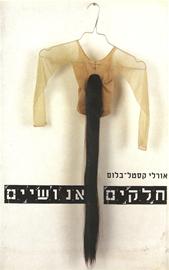 Human Parts (1997) by Orly Castel-Bloom, translated by Dalya Bilu (David R. Godine,
Human Parts (1997) by Orly Castel-Bloom, translated by Dalya Bilu (David R. Godine, 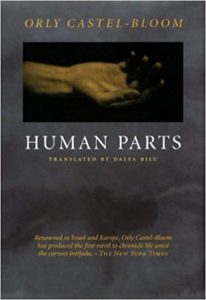 2003).
2003).
“On the one hand, this is a topical novel, dealing with the painful realities of Israeli life and the instability and anxiety which characterize these times; on the other hand, it is a novel about the universal human plight and existential fears…”
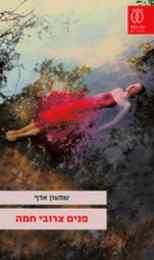 Su
Su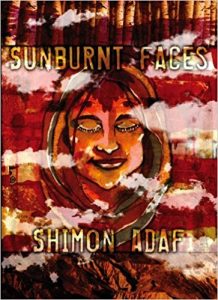 nburnt Faces by Shimon Adaf, translated by Margalit Rodgers and Anthony Berris (PS Publishing, 2013).
nburnt Faces by Shimon Adaf, translated by Margalit Rodgers and Anthony Berris (PS Publishing, 2013).
“When Flora Elhayani is twelve years old, God appears to her through the television and suddenly she can speak again, after being mute for two months. She then changes her name to Ori, and outwardly, her life in the desert town of Netivot continues as before. Inwardly, however, she does not know how to deal with the revelation and her attempt to understand it forces her towards maturity. We meet Ori again twenty years later in Tel Aviv, married to a successful man and the mother of a little girl. In the meantime, she has a become a well-known writer for young adults, who focuses on various Wonderland themes. And then a second revelation, very different from the first, rattles the foundations of her life and puts all in doubt.
With surprising realism, Sunburnt Faces examines the nature of revelation in a world so detached from God that any communication between him and man only takes place in situations of error and doubt. But will the social and political nature of this world allow Ori to find the certainty without which she cannot live?”
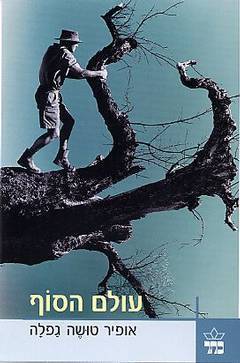
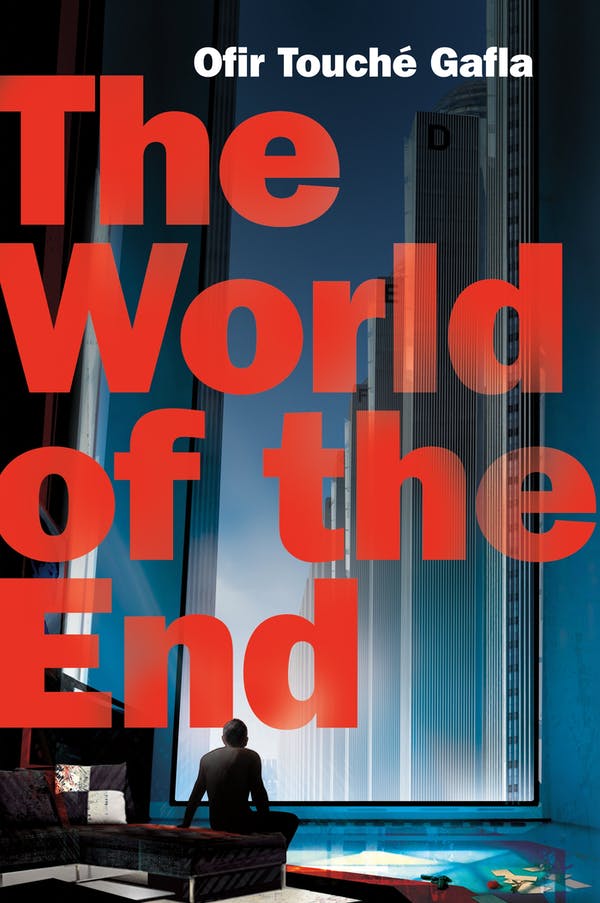 The World of the End by Ofir Touché Gafla, translated by Mitch Ginsburg (Tor Books, 2013).
The World of the End by Ofir Touché Gafla, translated by Mitch Ginsburg (Tor Books, 2013).
As an epilogist, Ben Mendelssohn appreciates an unexpected ending. But when that denouement is the untimely demise of his beloved wife, Ben is incapable of coping. Marian was more than his life partner; she was the fiber that held together all that he is. And Ben is willing to do anything, even enter the unknown beyond, if it means a chance to be with her again. One bullet to the brain later, Ben is in the Other World, where he discovers a vast and curiously secular existence utterly unlike anything he could have imagined: a realm of sprawling cities where the deceased of every age live an eternal second life, and where forests of family trees are tended by mysterious humans who never lived in the previous world. But Ben cannot find Marian.
Desperate for a reunion, he enlists an unconventional afterlife investigator to track her down, little knowing that his search is entangled in events that continue to unfold in the world of the living. It is a search that confronts Ben with one heart-rending shock after another; with the best and worst of human nature; with the resilience and fragility of love; and with truths that will haunt him through eternity.
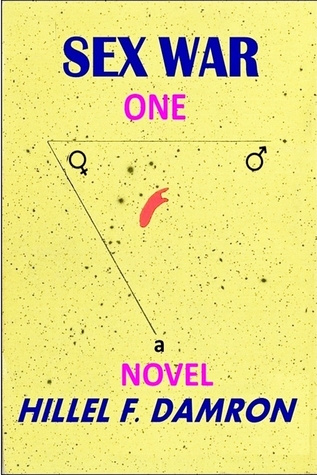 Sex War One by Hillel Damron, translated by the author (HillelBridge Publications, 2014).
Sex War One by Hillel Damron, translated by the author (HillelBridge Publications, 2014).
“Following a nuclear holocaust, the only survivals of the human race exist in a retro-style, yet technically advanced underground-colony. Males and females live in complete harmony and equality, but traditional marriages and families no longer exist, replaced by communal living with a fixed amount of babies being born periodically in a sophisticated birth-laboratory. Love is dead – or so they assume – substituted by an abundant of unemotional, free-for-all sex.
But then something goes terribly wrong: a different female baby is mistakenly born in the lab, with a different shape and color from the regular, normal children. This catalyst induces two unforeseen, starkly opposing consequences: the return of love and affection on the one hand, and the dictatorial rule of women over men on the other. Ultimately, the oppression of the males leads to a revolt, and eventually to a full-scale war between the sexes, with the survival of the human race again at stake.”
